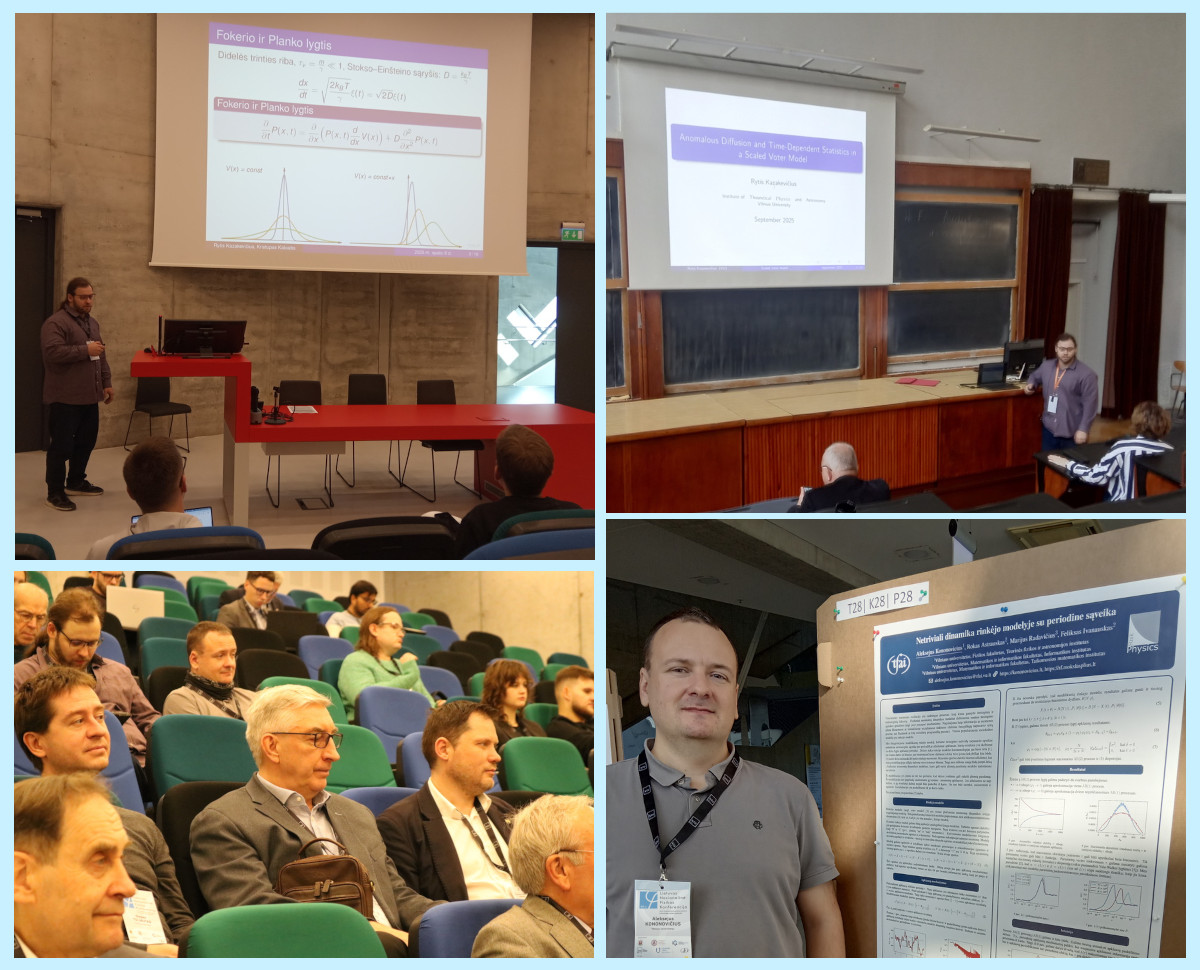Lithuania's Economic Growth - Exceptional in Central and Eastern Europe
Comparing the economic development of countries is not as straightforward as it may seem to many. The most commonly used indicator—Gross Domestic Product (GDP) per capita or per employee—can vary significantly depending on the currency used and how inflation in goods, services, and money is accounted for. What complicates comparison most is that exchange rates between currencies do not reflect differences in purchasing power across the countries being compared.


